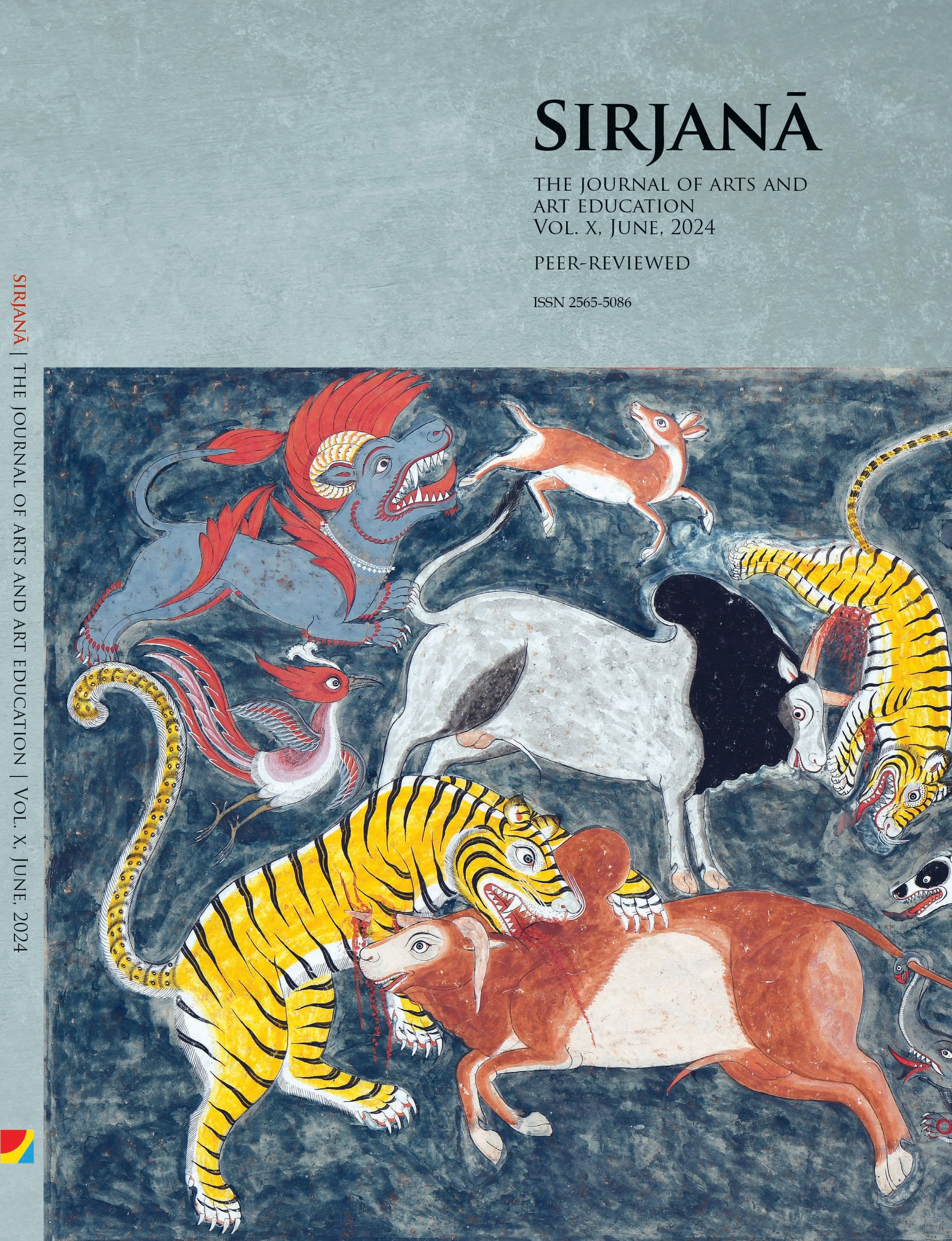Pedagogical Dimensions of Traditional and Modern Art
DOI:
https://doi.org/10.3126/sirjana.v10i1.68593Keywords:
art pedagogy, interart, Chitrakars, paintings, sculptureAbstract
Pedagogical and interart features of Nepali art are themes of discussions. Pedagogy is a very important aspect of Nepali paintings, so is the interart subject. Pedagogic practice of art has always remained the most important form of activity. But the traditional art has its own legacy and strength. The method of apprenticeship of art comes from both family and school. But to understand the strength of the pedagogy of paintings we should also look at the interart dimension of art studies. Nepal also provides ample examples of such concepts and practices through times. Art pedagogy has two clear sides. One is temporal and the other is spatial. The temporal meaning is that Nepali art learning or teaching happened with the call and needs of the times. The spatial meaning is that the teaching and learning of art in general has happened as part of the heritage. The paintings and, even more than that, the sculptural and architectonic forms abound with examples. Nepali artists' stories of going out for learning art and returning with training and degree and contributing to the pedagogy and other practice have their own histories.




